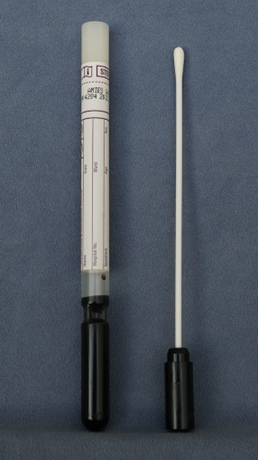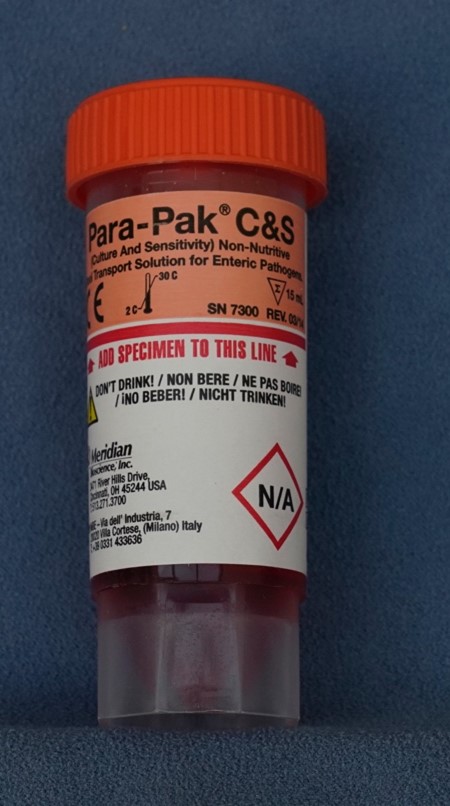Campylobacter jejuni in New York
NY: Campylobacter jejuni was cultured from two out of three canine fecal samples submitted to the Animal Health Diagnostic Center. These samples came from three 5-month-old Boston Terrier puppies owned by a dog breeder. One of the culture isolates was sent to Iowa State University Veterinary Diagnostic Laboratory for antimicrobial susceptibility testing to guide treatment. The isolate was susceptible to ciprofloxacin, erythromycin, florfenicol, gentamicin and tetracycline. "No interpretation" was given for azithromycin, clindamycin and nalidixic acid. No antimicrobial resistance was reported.
Campylobacter jejuni is a gram-negative microaerophilic rod-shaped bacterium that causes diarrhea in humans and animals through fecal oral transmission. Ingestion of raw or improperly cooked meat products, especially poultry, is the most common cause of disease1. From 2016-2018, there was a large outbreak of C. jejuni diarrhea in humans linked to puppies sold in pet stores2. 118 people from 18 states were affected. The bacterial isolates were highly multi-drug resistant, showing resistance to up to 9 different antibiotics. Almost all the puppies implicated in that outbreak had been administered one or more antibiotics, and about half of them were treated prophylactically without showing clinical disease.
Due to the fastidious nature of C. jejuni, it can be difficult to culture from feces in the laboratory setting. It is recommended to collect a fecal swab in amies transport media with charcoal or Para-pak® C&S (see images below) and send it to the AHDC for overnight delivery in an insulated box with ice packs. Campylobacter jejuni requires its own culture media and specific atmospheric incubation conditions, as it is not reliably recovered from an aerobic culture request; therefore it is a separate test, and the code is CAMPYJ.
- Spickler, A, and Larsonm, K. Zoonotic Campylobacteriosis. The Center for Food Security and Public Health. Iowa State University College of Veterinary Medicine. Last updated Nov 2013. https://www.cfsph.iastate.edu/Factsheets/pdfs/campylobacteriosis.pdf
- Montgomery MP, Robertson S, Koski L, et al. Multidrug-Resistant Campylobacter jejuni Outbreak Linked to Puppy Exposure — United States, 2016–2018. MMWR Morb Mortal Wkly Rep 2018;67:1032–1035. DOI: https://www.cdc.gov/mmwr/volumes/67/wr/mm6737a3.htm?s_cid=mm6737a3_w.




